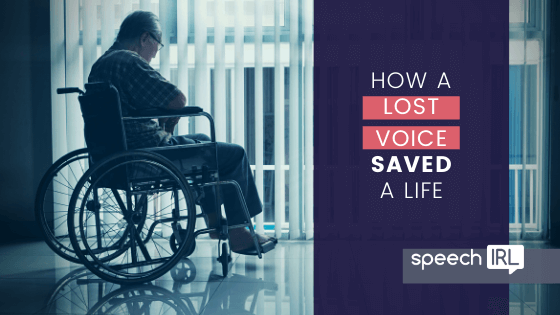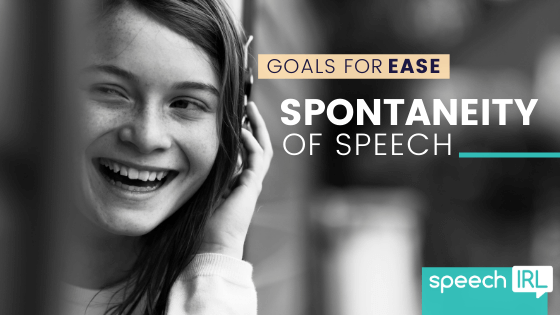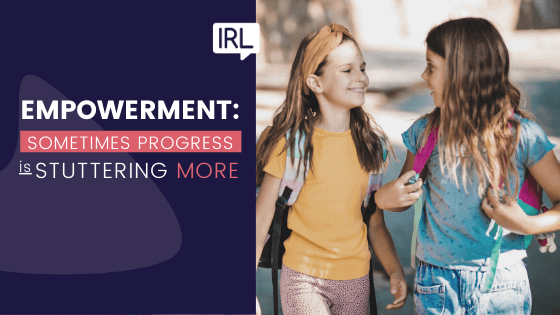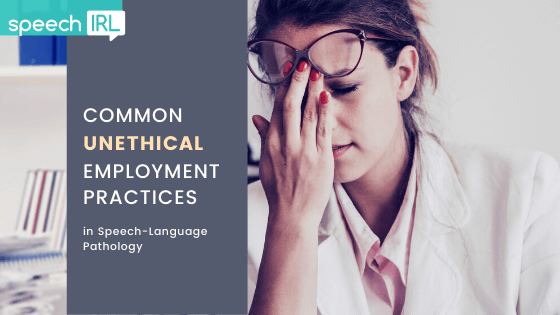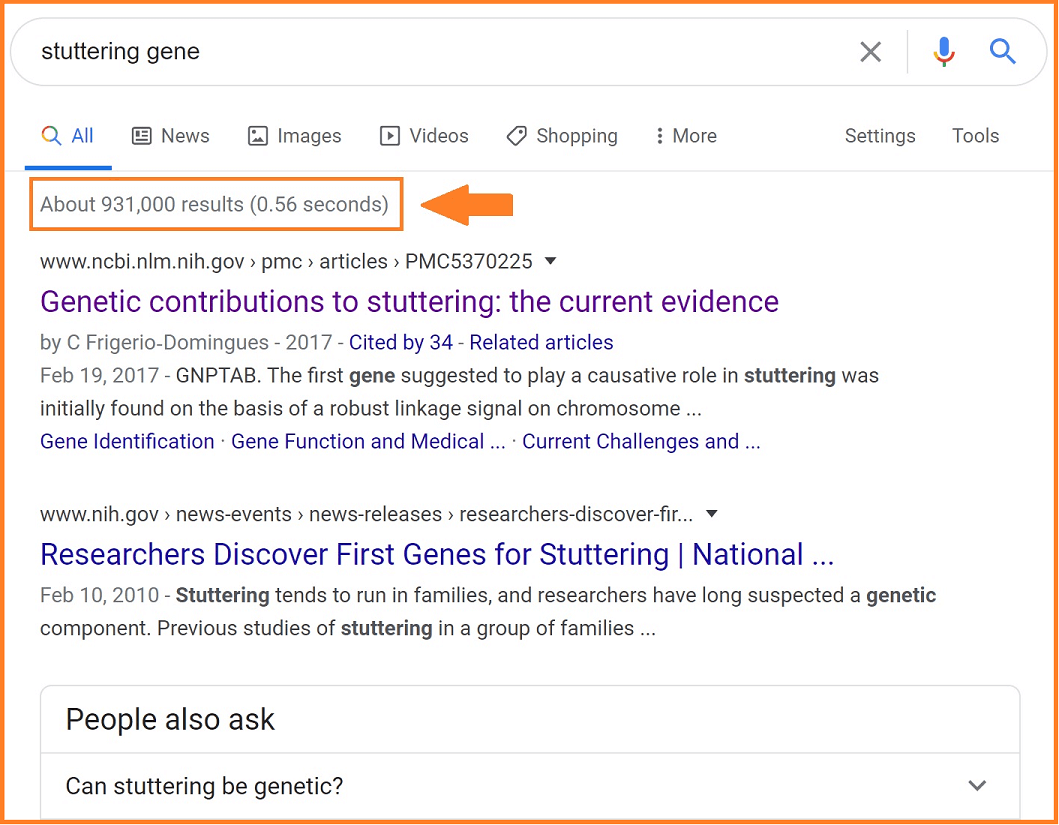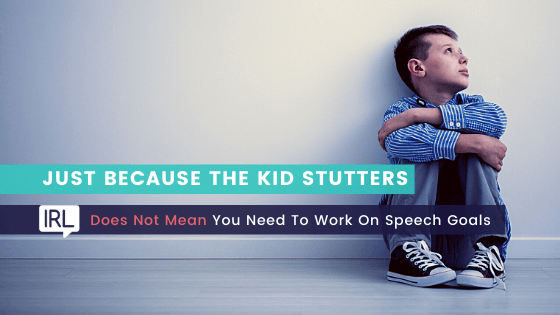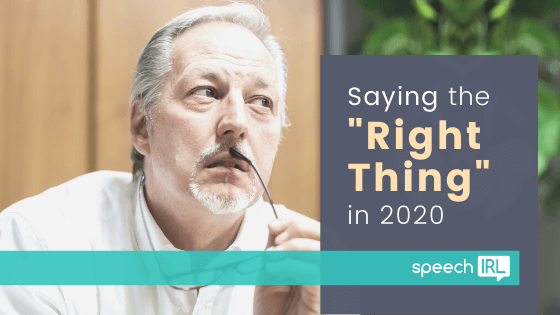This post is for anyone who gets overwhelmed by headlines, Instagram stories, and tweets that use all kinds of social terms you aren't familiar with. You want to ask questions, but are afraid of saying something wrong in the process. Here's what you should know before you download "Social Justice" on Duolingo.
“Katie, you know what makes me so angry?” My passionate teenage client had just arrived, the conversation ready to explode out of him before he had even sloughed off his backpack.
“What?”
“People using the wrong pronouns! Like, I have a bunch of friends who have updated their pronouns, and it’s like, cool. I use their new pronouns. And my other friends, they all use the new pronouns too. You know what I’ve noticed, it’s adults who don’t use the right pronouns. And they make all these excuses, like ‘Oh I’m trying,’ ‘Oh it’s hard to change habits’, whatever. Like, bullshit. It’s not that hard. Just be a decent person, shit!”
“That’s a pretty interesting observation.” I paused. “I have that same problem, too. I am trying, but I mess up a lot.”
He blinked, confused. “Wait, what? You?”
“Yeah. I think you’re spot on about adults versus younger people. It is a lot harder to change those verbal patterns when you’re older. I’ve noticed the difference in my brain now, back from when I was a teenager. Even with the work that we do at speech IRL now, I am really clumsy with pronouns. You’re still right, of course—it is no excuse, it’s a reminder that I need to dedicate more time to practice. But adult brains...we’re very slow at changing patterns like this.”
His body language softened. “Hmph. I guess. But it’s still wrong.”
“Yes, that’s absolutely true,” I agreed. “It’s not fair or right to those on the receiving end. So, support your friends who are dealing with people like me. And make sure you enjoy your adaptable brain while you have it.”
In the era of memes, tweets, angry acronyms and eponymous insults, the words we use mean more in 2020 than ever before. As this client pointed out, we’re all making changes to the way we talk about certain things—especially this year—because our society as a whole is changing. It was easy for me to empathize with his frustrations because I’ve had my own moments of disbelief and impatience with others who aren’t adjusting as quickly as I’d like them to.
Read more
